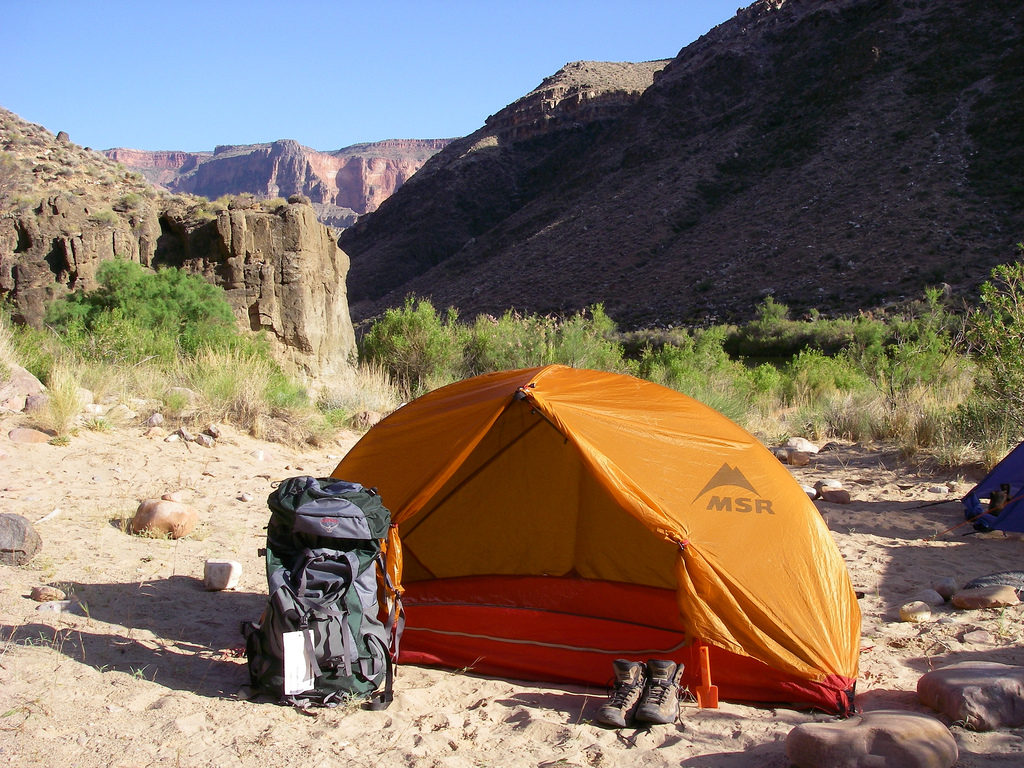Becoming More Resilient
by Rachel Nielsen
“Raising Resilient Children” was written by Lyle J. Burrup and published in the March 2013 issue of the Ensign.

A few years ago I had the chance to hike in the mountains for three days with fifteen teenage girls. I learned a lot on this trip: how to wash my hair in a stream not more than six inches deep, how to cover up the taste of iodine-purified water with Crystal Light, and how to enjoy the true miracle of dried fruit.
The point of this trip wasn’t to turn a bunch of high school–aged girls into survivor women, the point was to help them do something hard. And halfway through the first day of hiking, it was apparent which girls were more resilient to this hard task and which girls were less resilient.
In “Raising Resilient Children,” written by Lyle J. Burrup of LDS Family Services, Burrup explains the term resilience: “The original definition of the word resilience had to do with a material’s ability to resume its shape or position after being bent, stretched, or compressed. Today we commonly use the word to describe our ability to bounce back from adversity.” Or in this case, the ability to bounce back from the blisters, bruises, aches, and dirt that come from tromping through the forest.
The girls on the hike that I would call “more resilient” were not necessarily the leaders of the pack—the ones who arrived at each night’s campsite an hour or two before the other girls. In fact, sometimes the more resilient girls were the ones trailing in a few hours after the first girl had arrived.
The resilient girls were the ones who had mostly smiles on their faces, who hardly complained, and who were not trying to outperform everyone else. The resilient girls were cheerful, persistent, and confident, and they knew that there was life beyond the hike.

A few weeks ago, I was faced with another three-day hike through the woods—but my backpack was full of schoolbooks, my shoes were ballet flats, and I wasn’t hiking at all. I was faced with a hard thing, well, a pile of hard things.
I was reminded of the hike, the metaphorical representation of life and all the trials that come with it. I needed resilience. I needed to be cheerful, persistent, and confident, and to recognize that there was life beyond this pile of hard things.
Just before this “hike” of mine, I came across “Raising Resilient Children,” which teaches parents how to raise children who can face life with courage and optimism, even when hard things happen. And after my “hike,” I was reminded of the article and revisited it to prepare for the next pile of hard things bound to come my way. As I reread it, I made a list, shifting the article’s tips from having a raising-children focus to having a self-improvement focus. After all, we all need a little more resilience.
- Accept that life is challenging and unpredictable.
- Have confidence that you can manage anything life throws you.
- Remember that mistakes are opportunities to learn.
- Focus on what you can control, not on what you can’t control.
- Remember that your worth comes from your divine heritage, not you successes and failures.
- Avoid perfectionism.
When it all boils down, I think that resilience comes from knowing who we are. When we recognize that we are creatures of unlimited potential with minds that can think and create and uplift, and when we surrender to the fact that challenges are designed to help us reach that potential, things become easier. So here’s to all the hikes and blisters and bruises—because those are the things that are going to make us stronger.